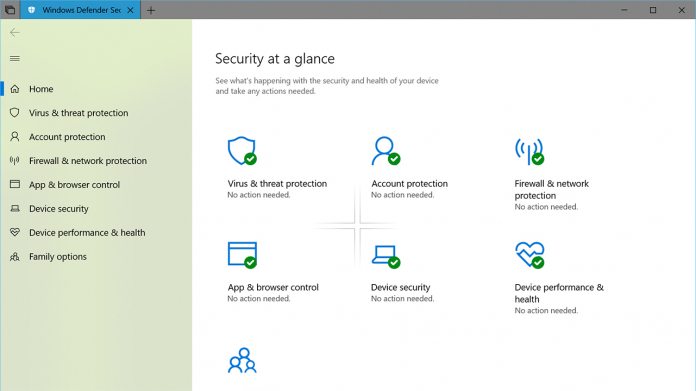Last week Microsoft was forced to, defend, Windows Defender after the Windows 10 anti-virus was ranked 7th out of 15 in an independent test. Unfortunately for the company, the defence of the software overshadowed another post that provided a transparency report to show how efficient Windows Defender is.
The report shows how good Defender is at stopping malware, while also looking at other defining criteria. Indeed, the post highlights the software in terms of protection, performance, and usability.
Microsoft published the results as follows:
“Protection: Windows Defender Antivirus (Windows Defender AV) achieved a perfect score in Protection, maintaining consistently high scores in this category.
Usability (false positives): Windows Defender AV achieved an improved Usability score of 5.5/6.0. Per our telemetry, samples that Windows Defender AV incorrectly classified (false positive) had very low prevalence and are not commonly used in business context.
Performance: Windows Defender AV improved this cycle, achieving a 5.5/6.0 Performance score and outperforming the industry in almost all areas. These results reflect the investments we put in optimizing Windows Defender AV performance for high-frequency actions (e.g., application run).”

Test Parameters
The company says the program missed just two from thousands of test samples. However, Microsoft says its test only looked at the anti-virus abilities of the service. To get a better understanding, the company says the Windows Defender ATP stack should be assessed.
With that in mind, when the ATP stack was assessed, the missed threats from the initial test were found and mitigated. This is because protection aspects like Application Control, Application Guard and other components were included.
Microsoft points out:
“As threats become more sophisticated, Microsoft and other security platform vendors continue evolving their product capabilities to detect threats across different attack stages. We hope to see independent testers evolve their methodologies as well. Our customers need greater transparency and optics into what an end-to-end solution can accomplish in terms of total preventive protection, including the quality of individual components like antivirus. Microsoft is highly engaged in working with several independent testers to evolve security testing to focus on end-to-end security stack testing.”






